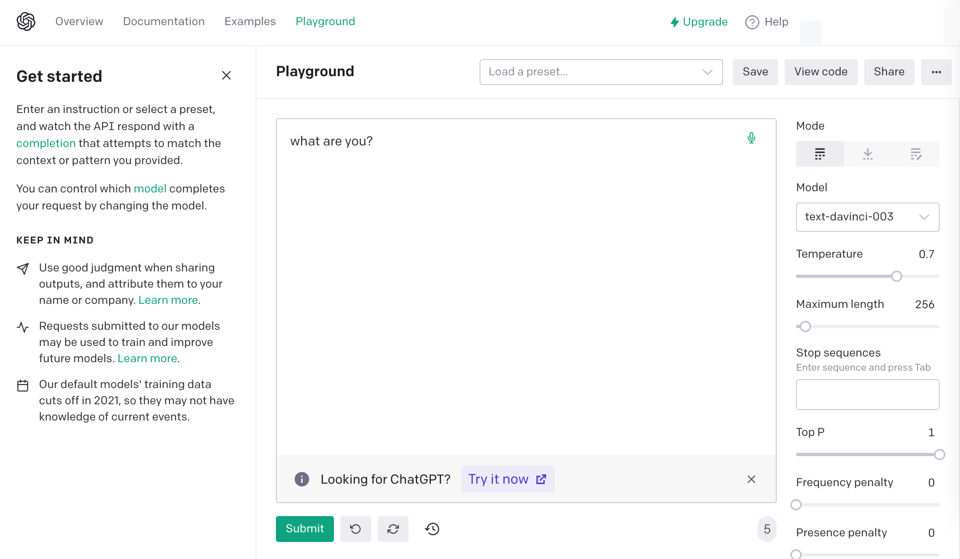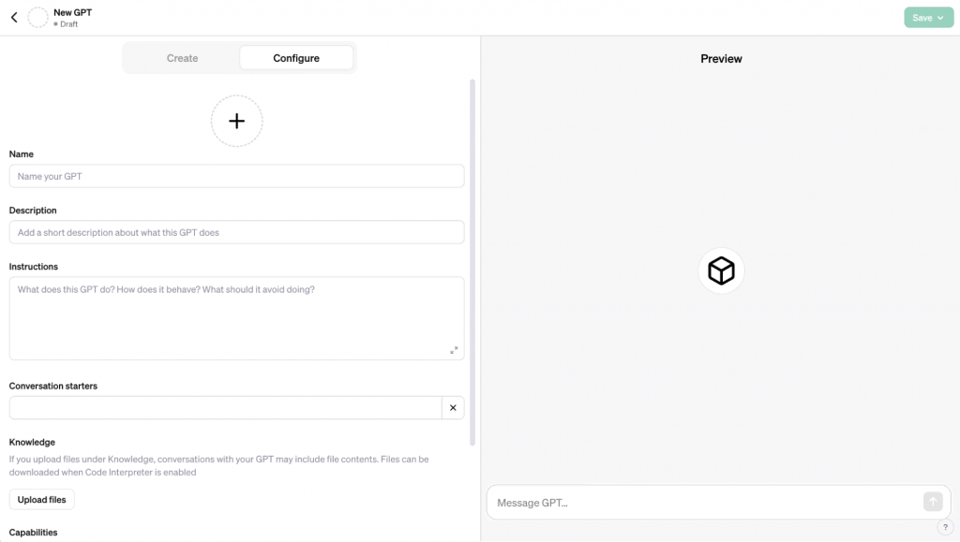your ai starter kit: setup, playground, custom gpts, master prompt
hello friends :)
this week we’re keeping it super practical. how to set up chatgpt, how to use playground to practice, how to create your own custom gpts, and one master prompt you can copy and reuse forever.
think of this as your ai starter kit. simple, clear, copy and paste ready.
let's dive in ↓
1. before you prompt: quick setup
three small steps that make a difference:
custom instructions

steps:
go to settings → personalization
fill in both boxes
who are you → “i run a small business and need clear systems where ai supports people”
how should chatgpt respond → “simple, short sentences, lowercase headings, no hype”
note: custom instructions are like sticky notes for chatgpt. once you set them, every conversation follows those rules.
choose the model
gpt-4o → fast everyday work like drafts or quick lists
gpt-5 → deeper thinking, multi step work like workflows or analysis
2. openai playground
the playground is a practice zone. it looks like a blank editor where you can test prompts, adjust sliders, and see what changes. no coding needed.


steps:
go to platform.openai.com/playground and log in
choose a model (start with gpt-4o)
paste your prompt in the user box
adjust settings:
temperature: 0.2 precise / 0.8 creative
max tokens: controls length
click submit and compare
try this test:
system box: “act as a project manager for a 5 person team”
user box: “make a weekly task table. installers do not use english”
run it twice and compare outputs.
notes:
temperature controls how creative or strict the ai is.
low numbers (0.2) = focused, reliable
high numbers (0.8) = more variety, good for brainstorming
tokens are the chunks of text the ai processes. roughly 1 token = ¾ of a word in english. more tokens mean longer inputs and outputs.
3. custom gpts
custom gpts are like mini versions of you inside chatgpt. they remember how you want things done for a specific task.

steps:
in chatgpt go to gpts → create
in “create” tab write what this gpt should do
in “configure” tab give it a name, add instructions, upload files if needed
save it for your use
starter idea: create a “proposal drafter.” upload two past proposals, tell it to follow that style. next time, you only need to edit instead of starting from scratch.
4. the master prompt
a prompt is just instructions. most people type random sentences. a master prompt gives ai clear rules every time.
the MASTER framework
Markdown: structure your prompt with headings or bullets
Act as (Role): define who the AI should be
Specific: give precise instructions
Thread-aware: be mindful of conversation history
Examples: include samples of what you want
Regenerate (Quality check): ask AI to flag missing info or refine outputs.
template you can copy
role: act as [role you want]
mission: [task you need done]
context: [details that matter]
constraints: [tone, format, style]
output: [how you want it delivered]
quality check: flag missing info instead of guessing
example 1 — startup founder onboarding workflow
role: act as a startup operations strategist
mission: design a complete onboarding workflow for new hires
context: early-stage startup, 4-person remote team, first-time founder.
new hires are joining in roles: marketing assistant and software developer.
founder wants consistency, culture alignment, and fast ramp-up.
constraints:
- use markdown headings and bullet points
- keep steps clear and short
- tone = welcoming but professional
- must include pre-boarding, day 1, week 1, and first 30 days
- tools available: google workspace, notion, slack, zoom
output:
table with columns: step, description, owner (who does it), timeframe
quality check:
if any tool integrations or resources are missing, flag them instead of guessing
why this works
the role steers ai toward ops strategy, not vague advice
the context (remote, small team, specific hires) tailors the workflow
constraints ensure ai uses the company’s real tools
the output table is copy-paste ready for a notion doc or onboarding manual
example 2 — program manager weekly project update
role: act as a program manager preparing weekly updates for leadership
mission: create a weekly project status report
context: 3 active projects
1) crm migration (zoho to hubspot),
2) marketing campaign launch,
3) hiring 2 sales reps.
leadership team wants high-level overview, risks, and next steps.
they don’t have time to read long documents.
audience: ceo, cfo, and operations director.
constraints:
- bullet points only
- neutral, concise tone (no hype)
- max 1 page
- include only critical risks and blockers
- mention next steps with deadlines
- format in markdown with clear headings per project
output:
report with sections for each project:
1) project name
2) progress summary (2-3 bullets)
3) key risks or blockers
4) next steps with deadlines
quality check:
if any project info is missing, flag it clearly at the bottom under "missing data"
why this works
the role and mission frame ai as a disciplined pm, not a casual writer
context includes audience, which changes tone and length
constraints keep output tight and usable in real exec updates
output format ensures it’s structured like a ready-to-send memo
quality check prevents hallucinated project details
copy this into your prompt library. use it every time. it keeps your answers structured and useful.
5. resources to explore
openai academy → free ai basics
machine learning with andrew ng → beginner friendly
perplexity labs → research with sources
anthropic academy → learn claude deeply
guide to ai agents → simple intro to agents
one step for this week
pick one workflow you repeat often. maybe writing proposals, maybe sending emails.
write it down in three steps
drop it into the master prompt
see how chatgpt structures it compared to how you normally do it
pura vida,
nina
